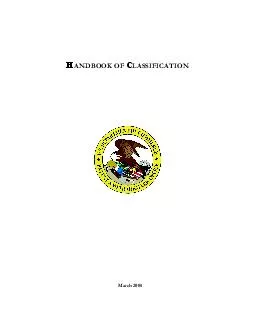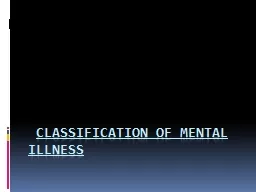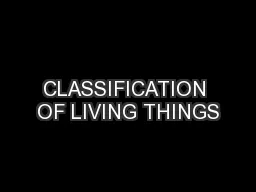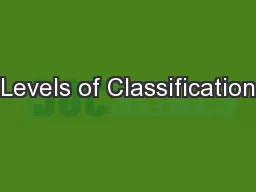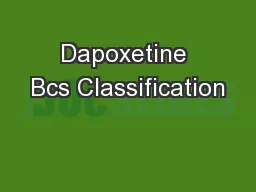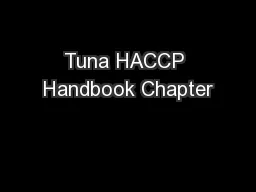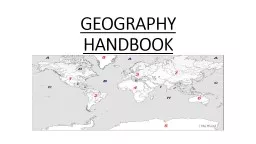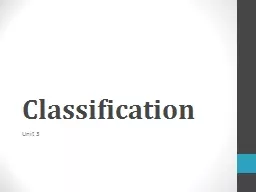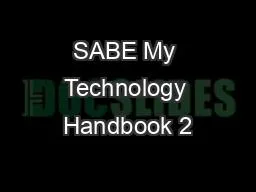PDF-Handbook of Classification
Author : violet | Published Date : 2021-10-02
3 Additional Types of Art Collections 254 General Methodology 285 CombinationSubcombination Rule 296 GenusSpecies Rule 297 Placement of Markush Type Claims 318 Classification
Presentation Embed Code
Download Presentation
Download Presentation The PPT/PDF document "Handbook of Classification" is the property of its rightful owner. Permission is granted to download and print the materials on this website for personal, non-commercial use only, and to display it on your personal computer provided you do not modify the materials and that you retain all copyright notices contained in the materials. By downloading content from our website, you accept the terms of this agreement.
Handbook of Classification: Transcript
Download Rules Of Document
"Handbook of Classification"The content belongs to its owner. You may download and print it for personal use, without modification, and keep all copyright notices. By downloading, you agree to these terms.
Related Documents

